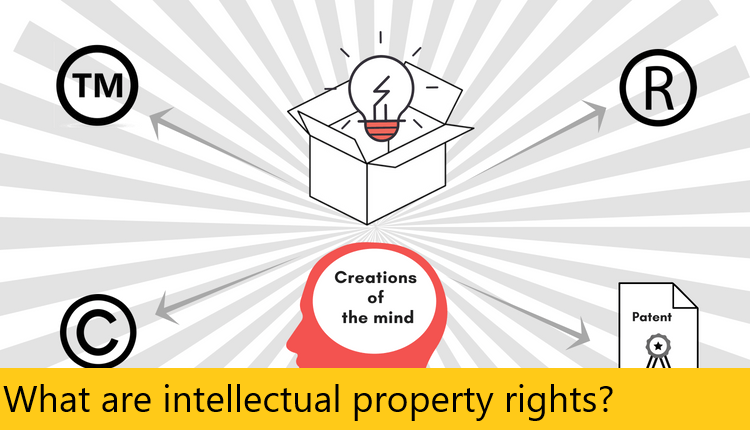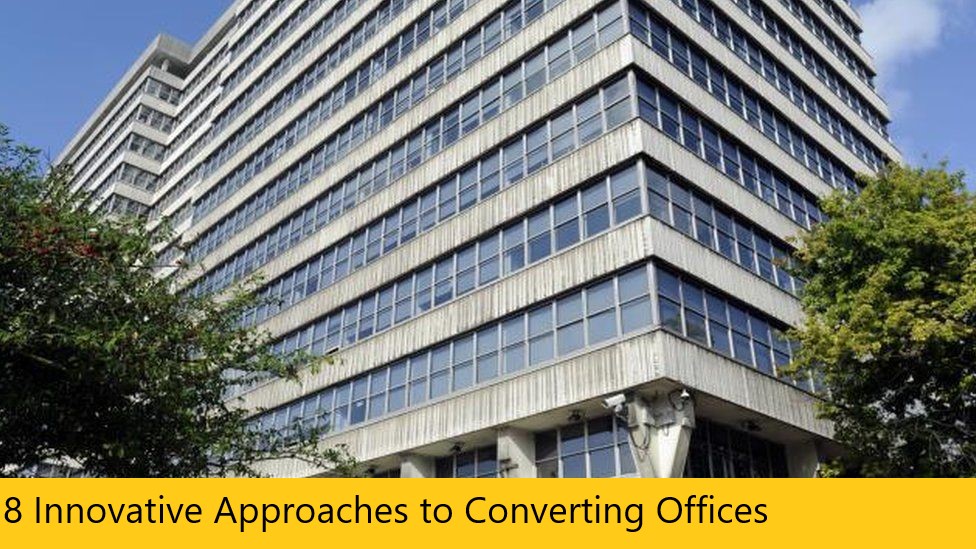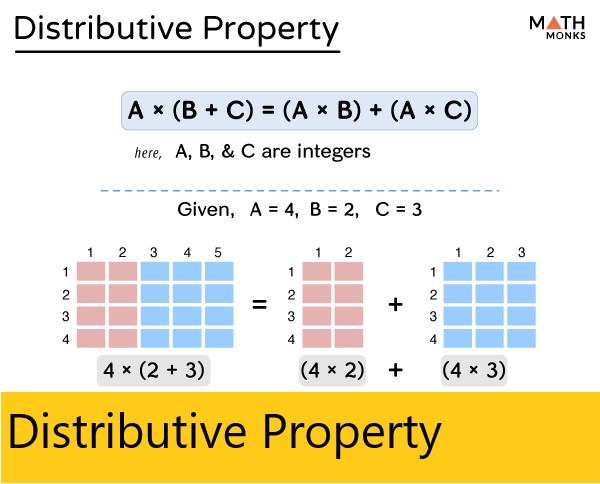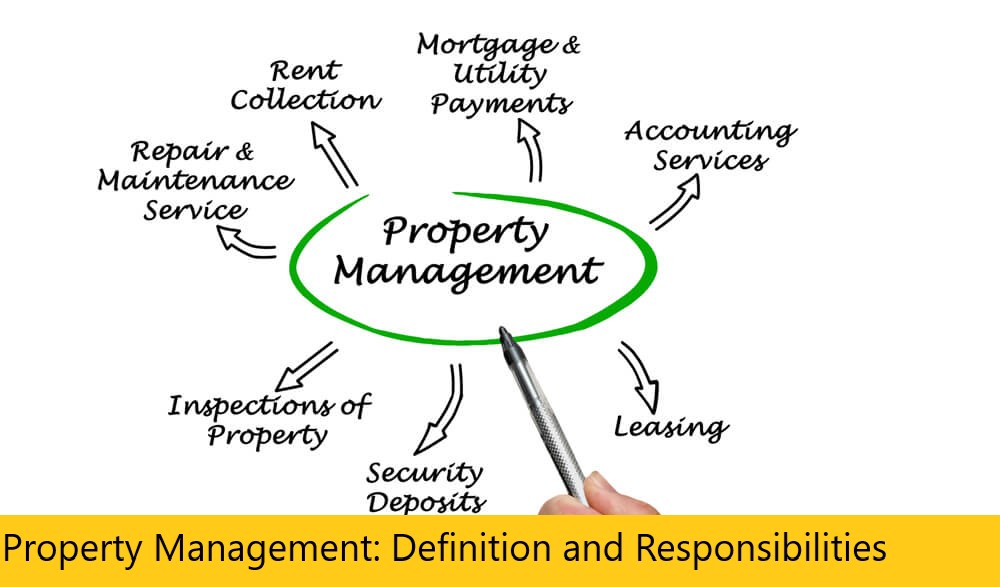The Pros and Cons of Beachfront Living – For a lot of people, living near the ocean is nothing less than a dream. After all, who wouldn’t want to wake up to the sound of waves crashing on the shore or go for a walk on the beach just as the sun begins to rise? Beachfront living has always had a certain charm, which is one of the main reasons why seaside locales are usually considered the most popular neighbourhoods to buy property in any city.
In fact, a lot of people invest in seafront properties solely because they want to enjoy a stellar view of the ocean and the tranquillity that comes with it. However, getting used to living by the sea is not as easy as one might think. In fact, just like everything else in life, beachfront living has quite a few downsides of its own as well.
So, if you’re planning on buying property near the beach, here a few advantages and disadvantages you need to know before investing in your dream home.
PROS AND CONS OF BEACHFRONT LIVING
Here are a few pros and cons of living by the ocean that you should know about.
| PROS |
CONS |
| Stunning View |
Sand in the House |
| Fresher Air |
Too Many Tourists |
| Healthier Lifestyle |
High Maintenance Cost |
| Higher Resale Value |
Unpredictable Weather |
Let’s first discuss the most notable advantages of living near the sea.
STUNNING VIEW
One of the biggest benefits of living near the beach is definitely the view. Just imagine opening your windows to the stunning sight of the ocean every single morning. Sounds refreshing, right? Not to mention, the desirability factor of beachfront properties usually varies with the view. The homes with a better view are usually more expensive than the ones with an obstructed view.
Whether it’s sunrise or sunset (or the hours in between), the sight of the water from seafront properties never gets old.
BETTER AIR QUALITY
Apart from a picturesque view, beachfront living also allows you to enjoy the fresh ocean breeze from the comfort of your home.
Since the air quality improves the closer you get to the ocean, those living near the beach can simply open their windows and allow the sea breeze to cool down their home, especially during the summers.
While people travel from all across the city to spend some time at the beach during the warmer months, beachfront property owners can simply sit on their terrace with a cup of tea to enjoy the view and fresh air.
HEALTHIER LIFESTYLE
Living near the sea also encourages an improved lifestyle.
While fresh air is instrumental for a healthier mind and body, beachfront living also offers residents an opportunity to plant their toes in the sand without having to travel too far.
One of the biggest advantages of living near the sea is that you can simply walk to the beach and for an evening stroll, play with your kids and get some exercise. Those living next to the beach can participate in so many outdoor activities that many others may only dream of. Even if you aren’t a huge fan of jogging or working out, you can simply build sandcastles with your children or simply sit on the sand and take in the view.
After all, there’s nothing more relaxing than spending a day on the beach.
Read More : Mypass-a-grille.com

HIGHER RESALE VALUE
This is perhaps the most important benefit of beachfront living. Houses located in seaside locales are generally more expensive than those in other parts of the city. Although this may vary with each city, neighbourhoods near the beach are considered a prime spot for real estate investment.
For instance, when it comes to buying real estate in Karachi, living in the upscale residential societies of Defence Housing Authority (DHA) and Clifton have always been the top choice among the residents of the city owing to their proximity to the beach among other facilities.
This means there is a good chance you can flip your waterfront property for a high profit whenever you want to. On the other hand, if you want to generate extra income, you can also consider renting out a portion of your house.
Now that we know about the pros of waterfront homes, let’s take a look at some of the most common beachfront living issues.
SAND IN THE HOUSE
No matter how many times you sweep the floors, vacuum your carpets and wipe your furniture, there’s always going to be sand in your home. While it may not seem like one of the biggest problems of living near the beach, having to clean your home multiple times each day can get annoying pretty quickly, especially on windy days.
Needless to say, if you plan on buying property near the beach, you also need to get used to a certain amount of sand in your living space.
TOO MANY TOURISTS
Beaches can get pretty crowded during the summer months. Depending on where you live, you might have to deal with a lot of traffic, crowded streets, random cars blocking your main gate and driveway and a lot of people hanging out around your house. Since you’ll be living in a tourist hotspot, you will also have to deal with the lack of privacy that comes as a part of oceanside living.
HIGH MAINTENANCE COST
The high cost of maintenance is arguably one of the biggest disadvantages of living near the sea.
Humidity combined with salty sea breeze can cause corrosion, affecting both exterior and interior of beachfront properties.
Therefore, homes located near the ocean need a lot more upkeep than those situated at a greater distance. If you are planning to buy a property near the beach, you will probably have to spend a substantial bit of your household budget on home maintenance and repairs. This includes sprucing up the exterior walls of your home every few months with a fresh coat of paint, regularly cleaning your electronic appliances and polishing your furniture to avoid erosion.
UNPREDICTABLE WEATHER
Last but not least, those living near the sea may have to deal with unpredictable and harsh weather conditions in the form of heavy rains, hurricanes, storms and floods. Although most waterfront residential areas are located at a certain distance from the beach, those living close to the ocean may have to relocate to safer areas if the authorities issue a hurricane or a flood warning.
Not to mention, dealing with the excessive amount of sand during windstorms can also be rather stressful.
Given the fact that such natural disasters can strike anywhere, weather conditions are usually not considered to be a deal-breaker. However, it’s always important to follow precautionary measures to avoid any major damage or losses.
Depending on your personal preferences, it’s up to you to decide if the pros of beachfront living outweigh the cons or vice versa.
Meanwhile, if you are interested in purchasing seafront property in Karachi, you may want to take a look at Emaar Crescent Bay in DHA Phase VIII – a luxury project in one of the poshest and most upscale neighbourhoods of the city.
Headed by renowned UAE-based real estate company Emaar Properties, this grand multi-purpose project in Karachi includes luxury apartment complexes, penthouses, retail units, recreational spots, mosques, clubhouses and much more. You can check out our detailed analysis of Emaar Crescent Bay for more information.
On a side note, if you’re looking to buy property in Karachi, don’t forget to take a look at the H1 2019 Real Estate Market Report for the City of Lights to see which area drew investors’ attention during the first half of the year.
Meanwhile, to learn more about the pros and cons of different types of properties, stay connected to Zameen Blog – Pakistan’s leading property and lifestyle blog. In case you have any questions regarding beachfront living or want to share your suggestions, send us an email at [email protected]. Moreover, you can subscribe to our newsletter to receive the latest updates about developments in the real estate sector of Pakistan.











